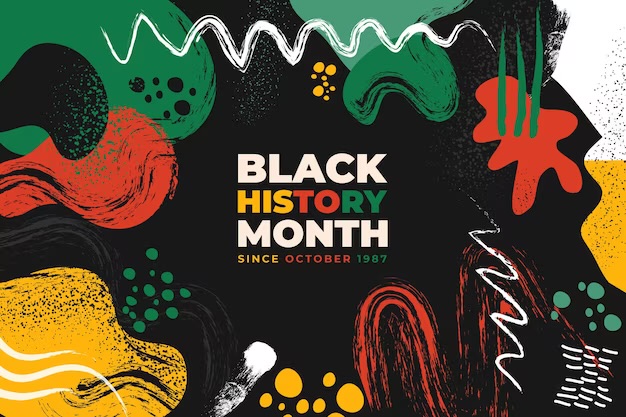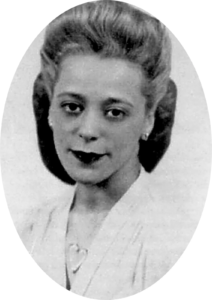Black History in Canada
In honour of Black History month, here are a few stories about the black men and women who made a difference in Canada.
The theme for Black History month this February is “Black Excellence: A Heritage to Celebrate; a Future to Build. This theme symbolizes the significant past and present contributions of black people in Canada, with a focus on nurturing future opportunities,” according to the Government of Canada’s Canadian Heritage page.

Here also are a few facts about the black community in Canada that you may not know:
Nova Scotia is considered to be the birthplace of black culture and heritage in Canada. Today, 400 years after the first settlers arrived, there is still a large black community living there.
The Canadian city with the most populated black community today is Toronto.
Between 1800 and 1865, approximately 30,000 black people came to Canada via the Underground Railroad — a network of secret routes and safe houses.
Abraham Beverley Walker was New Brunswick’s first Canadian-born black lawyer, having also been the first law student of any color enrolled in university, but Robert Sutherland (1830-1878), a native of Jamaica, was the first known black student to graduate from a Canadian University and the first black man to study law in British North America.
Black Canadians made important contributions on the home front during both World Wars, working in factories making weapons and supplies needed by soldiers fighting overseas, and by raising funds for the war effort. This was in addition to those who served in uniform overseas.
The first known black man in Canada was Mathieu Da Costa, a man of African heritage who arrived in Canada over 400 years ago with French explorers, Pierre Du Gua De Monts and Samuel de Champlain.
As I mentioned in a recent blog “The Year it All began -1858” the Governor of the Colony of Vancouver Island, James Douglas (himself of mixed ancestry born in British Guiana (Guyana) to a Scottish father and a free woman of Barbadian-Creole ancestry and was married to Amelia Connolly whose Indigenous mother had married a white man), was fully aware of the racial problems for the black community in California. He decided to send an invitation to them in San Francisco in 1858, suggesting they come north to Vancouver’s Island where they would be given equal political and economic rights after they became British subjects. This he felt would also discourage a possible US annexation as well as helping black people escape bigotry. Many settled on Salt Spring Island, a small gulf island off Vancouver Island. Others were offered positions in the Colony’s first militia unit, the Pioneer Rifle Corps.
One of the fictional characters in my book Providence (Sam Skiffington) was a black man who came to Vancouver Island in 1858. When my protagonist Captain Gideon McBride first met him in San Francisco their conversation went like this:
“Now, are you interested in signing on with me or not?”
“Yes. Sir! My name is Sam Skiffington, but everyone calls me Skiff. I came to California as a free man. Here are my freedom papers, captain.”
Gideon, a Scotsman, could still not believe that a man could possibly be owned by another human being. The two men were destined to become life-long friends.
 And lastly here is the story of Viola Desmond, a woman who contributed so much to Canada. Born in 1914 in Halifax, she was confronted by racism herself in 1946 when she refused to move from her seat in the “whites-only” section of the Roseland Theatre. She was dragged out of the theatre injuring her hip and knee in the process, arrested, and jailed overnight. As a result of this and many other incidents of racism, Viola became a strong activist devoting the rest of her life to fighting racism and injustice.
And lastly here is the story of Viola Desmond, a woman who contributed so much to Canada. Born in 1914 in Halifax, she was confronted by racism herself in 1946 when she refused to move from her seat in the “whites-only” section of the Roseland Theatre. She was dragged out of the theatre injuring her hip and knee in the process, arrested, and jailed overnight. As a result of this and many other incidents of racism, Viola became a strong activist devoting the rest of her life to fighting racism and injustice.
In 2018, long after her death in 1965, she became the first Canadian black woman to appear on the front of a $10 bill, which was unveiled by Finance Minister Bill Morneau and Bank of Canada Governor Stephen Poloz at a ceremony at the Halifax Central Library on March 8, 2018. That same year, Viola Desmond was named National Historic Person.
She was indeed an incredible example of Black Excellence, the theme for Black History this month.
